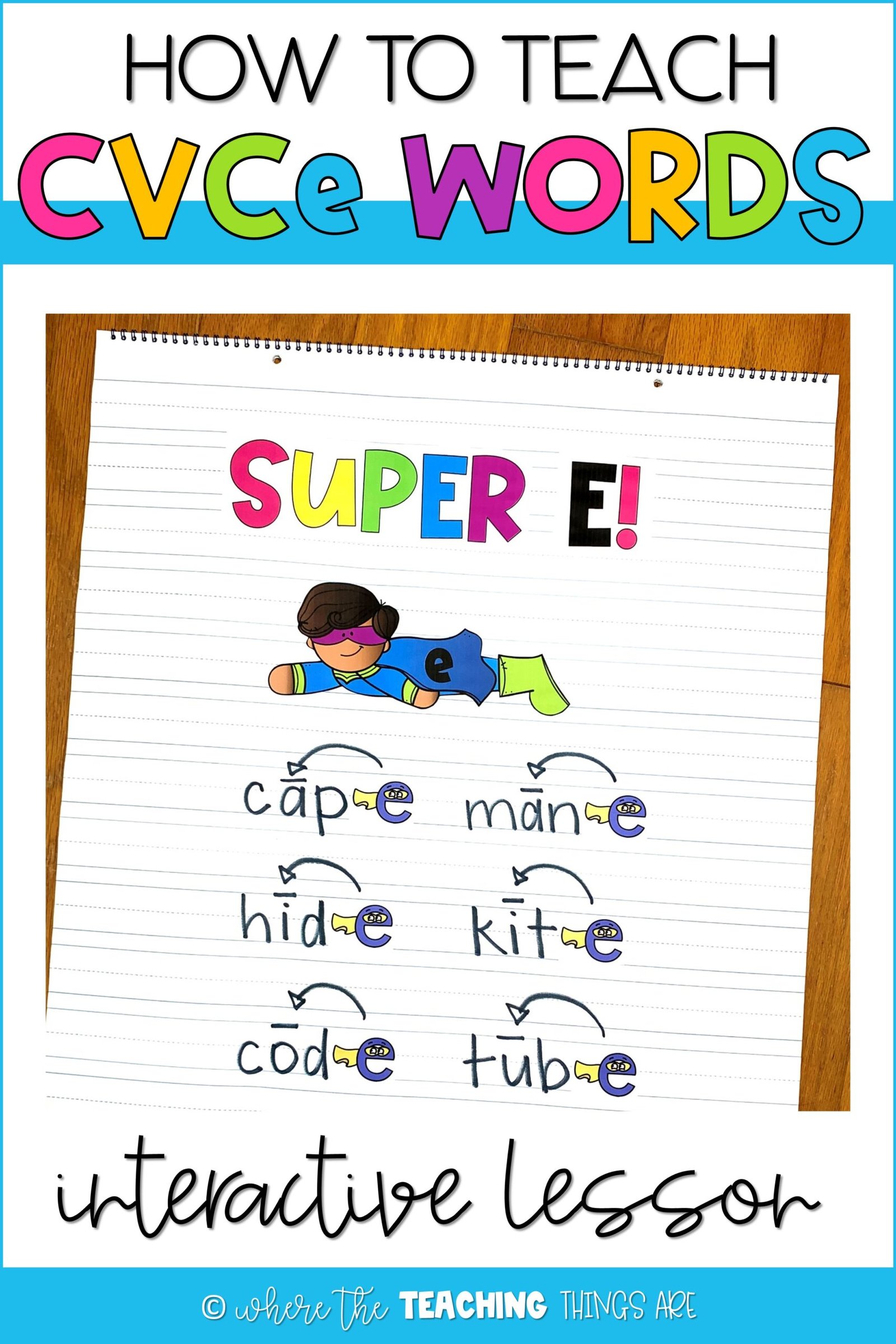Do you have students who get frustrated during writing time? Who constantly ask you how to spell words? Or never know what to write about? Teaching writing in the primary grades is so tricky, isn’t it? (Heck, it’s tricky in any grade!) That’s why I’m just so excited to share three tips that will help you build confident, independent writers!
1. Encourage your students to draw pictures
A crucial writing lesson I always teach my students is that pictures tell stories! Even if they don’t know how to write all the words, pictures can actually say a lot! I demonstrate this by telling a story and illustrating it as I go. I try to always include a picture during our shared writing time so I can teach my students not only how to write, but how to draw! It’s very empowering for emergent/beginning writers to learn that they can “write” through their illustrations.
2. Use invented spelling
Invented spelling is a wonderful tool to help students write independently and freely! So, what is it exactly? Invented spelling is when children spell words based on how they sound. Depending on the complexity of the word, they may not spell the words correctly (as cringe-worthy as that may sound! 🙈). But don’t worry, as the students’ literacy skills improve, they will spell words with more and more accuracy. (Disclaimer: Once I’ve introduced a phonics skill or sight word, I do expect the students to spell those correctly.)
I always like to take some time to model/teach how to use invented spelling. And it’s actually really fun! We “blow a bubble” to s-t-r-e-t-c-h out the sounds we hear in a word and then write them down. I like to begin with an easy CVC word (such as cat). We pretend to chew some bubble gum and then “blow a bubble” to stretch out the word. To do this, we say each sound slowly: c-a-t. I then write down each sound we hear to spell the word. (You can grab the full lesson plan here!)
3. Give your students a topic chart
A topic chart will help your students come up with ideas to write about and get their creative juices flowing! It’ll solve the whole “I don’t know what to write about” problem. 😉 I like to create a topic chart together as a class. We brainstorm ideas and I draw them on chart paper. When we’re done, I hang the topic chart in the classroom for my students to refer to as they write. I also give my students their own personal topic chart to glue in their writing journals. (Looking for a topic chart printout? Grab one here!)








